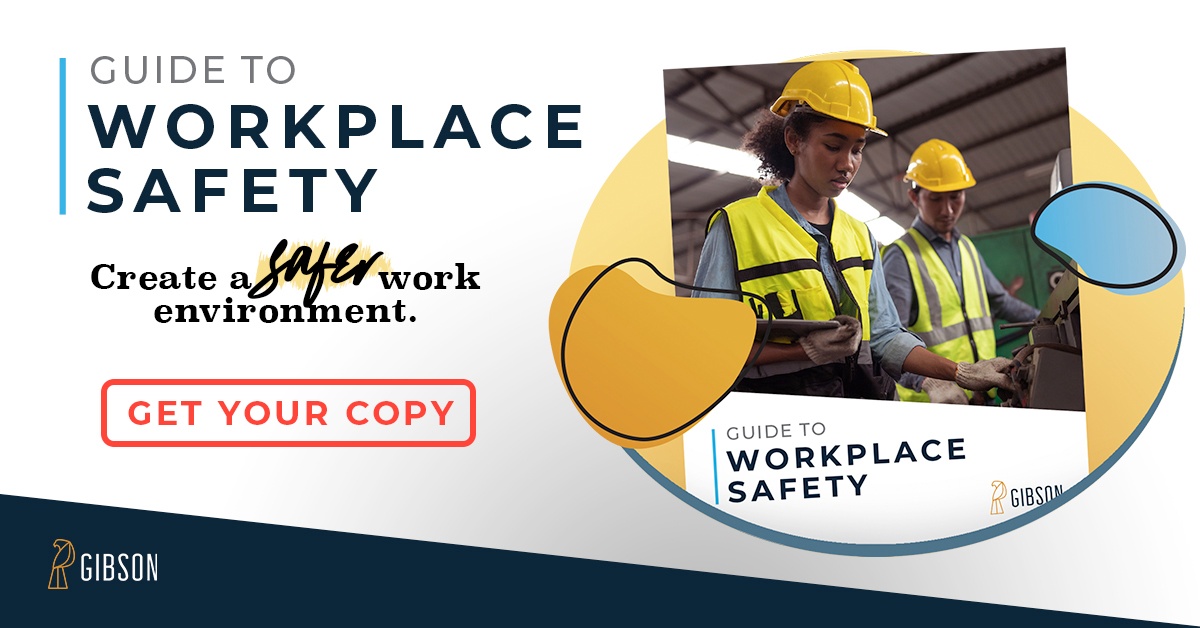 Around 3.3 million people are injured at work each year in America. In many cases they spend days, weeks, or even months out of work as a result of those injuries. Some never return to work. Because of this, it’s critical to develop a culture that believes all accidents are predictable, preventable, and unacceptable.
Around 3.3 million people are injured at work each year in America. In many cases they spend days, weeks, or even months out of work as a result of those injuries. Some never return to work. Because of this, it’s critical to develop a culture that believes all accidents are predictable, preventable, and unacceptable.
Where Do We Start?
The most critical component of creating a safety culture is to have complete buy-in from the very top of the company. If the President/CEO of the company doesn’t believe all accidents are predictable, preventable, and unacceptable, neither will the middle managers, supervisors, or employees.
Data should be compiled to evaluate accident trends. Is there a high frequency of incidents coming from one area vs. another? Is a certain shift, department, or job classification leading the trends? Answering these types of key questions will allow you to focus on addressing the root cause of those accidents.
Accident Investigation Training
Next it’s time to train the supervisors on accident investigation and root cause analysis. It’s not enough to assume “employee error” or “fluke incident”. Accidents should be investigated immediately to determine who was involved, who may have witnessed it, and what items or equipment were involved. Having a good accident investigation form that addresses these questions helps to keep the supervisor on task of discovering the root cause of the incident. It is critical that the true root cause be determined every time so corrective measures can be taken swiftly to prevent reoccurrence.
Safety Committee Involvement
Once the root cause is determined, corrective measures can be put in place. The most effective way to develop corrective measures is to have a safety committee engaged in evaluating all accident investigation forms to ensure a thorough investigation has been done. Committee members will determine if any, some, all, or other actions are needed to correct the problem: employee training, preventative maintenance, better job procedures, and hazard recognition training. Effective safety committees should include personnel from multiple areas in the company and include top management, supervisors, and front-line employees.
Change Isn’t Fast Or Easy
Changing from a culture that tolerates accidents won’t happen overnight. It takes a concerted effort at all levels of the company, committed for the long-term, to make small changes that lead to the desired end results.
Creating a safety culture is no accident as they say, to get you started on an effective risk management route, you can contact us directly, we are always willing to help.





